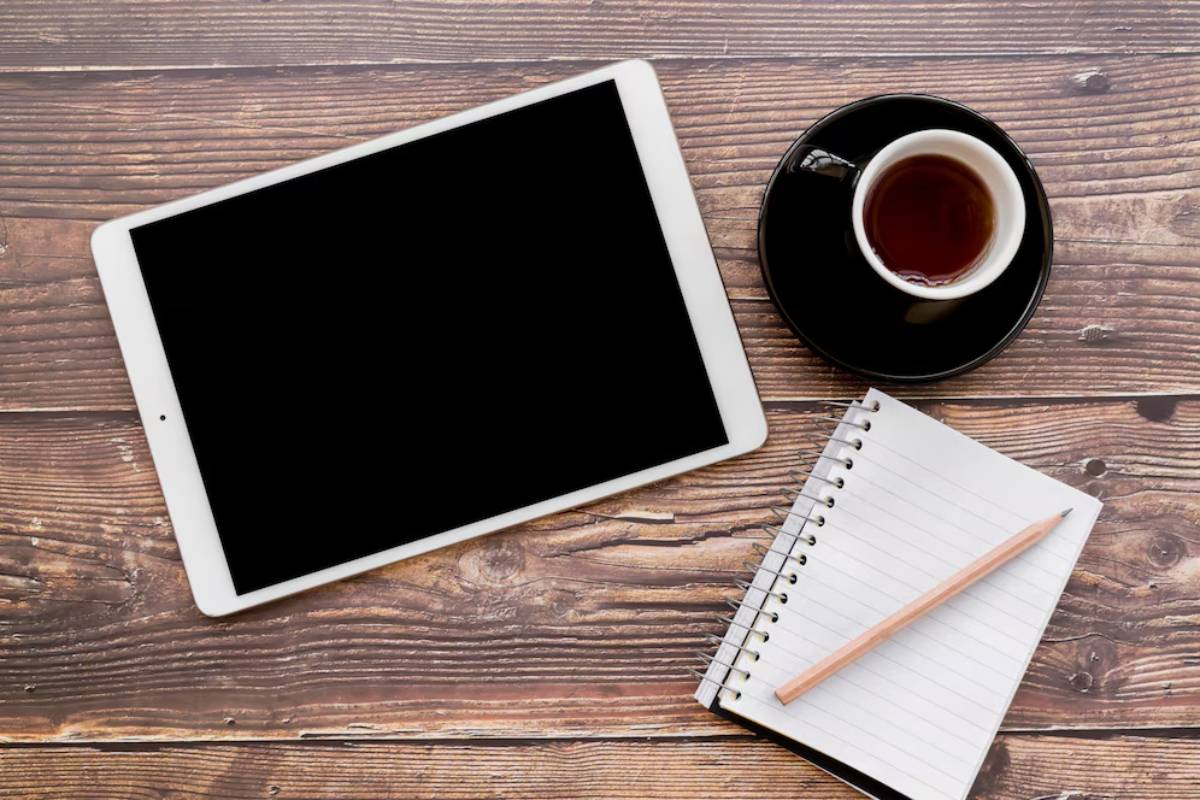
How to Eliminate Digital Distractions Permanently
In a world buzzing with pings, pop-ups, and endless scrolling, maintaining deep focus feels like a lost art. Our digital lives—while convenient—fracture attention spans and hijack productivity. But what if you could reclaim your focus?
This guide offers a strategic approach to eliminate digital distractions for good. You’ll learn how to reduce screen time, implement a distraction detox, and build sustainable deep focus habits. Whether you’re a remote worker, freelancer, or creative professional, these practices will help you do more of what matters—without burnout.
Understanding the Root: What Are Digital Distractions?
Digital distractions are interruptions stemming from screen-based activities: notifications, apps, social media, instant messaging, and even multitasking tools. These distractions fragment your attention and reduce cognitive performance.
Unlike external interruptions, digital distractions often originate from habits and the environment. They’re tempting because they offer quick dopamine rewards—likes, alerts, and novelty.
Why It’s a Problem:
- Reduces working memory and decision quality
- Encourages shallow work and multitasking
- Erodes mindfulness and present-moment awareness
- Disrupts sleep and emotional regulation
Neuroscience Insight: Each time you switch context (checking a message or browsing), your brain incurs a cognitive cost. Over time, this depletes your focus reserve and increases stress.

Quick Guide: Distraction Detox for Deep Focus
- Audit your screen habits: Identify the top three digital distractions in your daily workflow
- Set screen-free blocks: 1–2 hours daily with zero device interaction
- Use digital boundaries: Disable notifications, social media blockers, and email batching
- Redesign your environment: Keep your phone in another room or use grayscale
- Replace with focus cues: Use music, lighting, rituals to prime deep work
- Reflect weekly: What distracted you most? What improved your clarity?
Important: Don’t aim for perfection. Aim for progress. Small, consistent changes beat dramatic one-off digital fasts.
Step-by-Step Guide: Eliminate Digital Distractions Permanently
1. Identify Your Digital Triggers
Start by observing. What apps or behaviours consume your time without intention? Is it scrolling feeds, checking messages, or bouncing between tabs?
Use tools like RescueTime, Freedom, or your phone’s screen time report to get an accurate view.
Pro tip: Write down your top 3 digital temptations. Awareness precedes change.
2. Design Screen-Free Work Zones
Create time blocks in your day where screens are non-negotiable. These could be your deep work hours, morning routines, or before bed. During these periods, disconnect completely—phone off, notifications silenced, browser closed.
Pair this with a visual ritual: dim lights, light a candle, use noise-cancelling headphones. Rituals reinforce the habit loop.
3. Use Technology to Block Technology
Ironically, tech can help manage tech. Use distraction blockers like:
- Cold Turkey or Freedom (block websites/apps)
- Forest (gamify screen-free focus)
- StayFocusd (limit time on distracting sites)
- Inbox When Ready (control email checking)
Set app limits, disable badges, and remove non-essential apps from your phone’s home screen.
4. Rewire Dopamine Rewards
Most distractions are reward-based behaviours. To override them, replace them with intentional alternatives:
- Replace social scrolls with journaling or walking
- Use tactile anchors (like a fidget cube or physical notebook)
- Schedule 15-minute intentional check-in times with your phone
Remember: Elimination isn’t about deprivation. It’s about substitution. Train your brain to seek healthier dopamine triggers.
5. Set Boundaries and Communicate Them
Let your team or household know when you’re in a deep focus mode. Use calendar blockers labelled “No Distractions” or “Heads Down Work”.
Add a visual indicator—like headphones or a desk sign—that signals your boundaries.
6. Review and Adjust Weekly
Every Sunday, reflect on your distraction patterns:
- When did you lose focus?
- What triggered it?
- How did you recover?
Keep a Focus Journal to track patterns. Over time, you’ll discover your peak focus windows and recurring pitfalls—and learn how to protect your attention better.

Best Practices & Additional Insights
- Combine digital detox with a morning ritual (no screens for the first hour)
- Use analogue tools like notebooks, whiteboards, or paper planners
- Curate your digital diet—unfollow, unsubscribe, declutter
- Group communication tasks into timeboxed slots rather than checking messages constantly
- If you’re a leader, model and support a distraction-free culture for your team
Science-backed Insight: Dopamine loops triggered by digital stimuli can be rewired over time. With consistent limits and mindful habits, your brain adjusts, making deep focus the default, not the exception.
FAQs
1. How long should I detox from digital distractions?
Start with short blocks—1–2 hours a day. Eventually build up to one full screen-free day per week (Digital Sabbath). Long-term, you’re aiming for balance, not extreme abstinence.
2. Isn’t digital detox unrealistic with remote work?
Not if you set boundaries. Use app blockers, turn off notifications during deep work, and separate work vs personal digital habits.
3. What if I need to be reachable?
Use VIP contact settings or a physical call-forwarding system. You can stay accessible in emergencies while still reducing interruptions.
4. Can I still use productivity apps?
Yes—if they serve a purpose and don’t create distraction loops. Time-trackers, calendars, and focus tools can support deep work when used intentionally.
Conclusion: Focus Is Freedom
Digital distraction isn’t just a nuisance—it’s a silent productivity killer. But with conscious effort, smart systems, and sustainable habits, you can create a work life free from digital noise.
Structure your environment. Reclaim your time. Honour your brain’s need for clarity.
Start tomorrow with a 90-minute screen-free block. One step closer to distraction-free deep focus.


